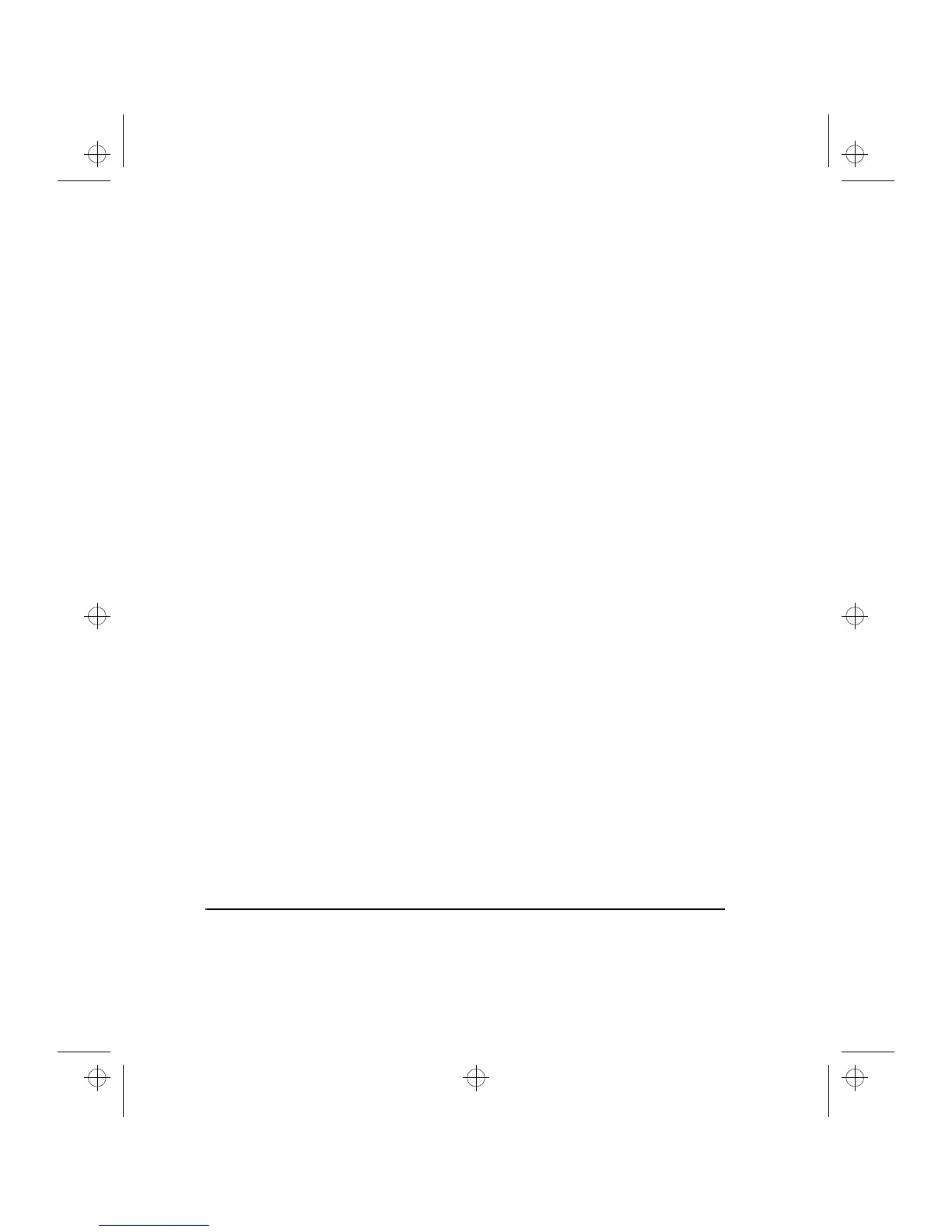7-2 Internet settings
Hypertext Markup Language (HTML)
A language used to define WWW documents’
appearance and content.
Hypertext Transfer Protocol (HTTP)
A document transfer protocol used in the
WWW system.
Internet Access Point
Where your communicator connects to Inter-
net by way of a data call. An Internet access
provider can be, for example, a commercial In-
ternet service provider or your own company.
Internet Mail Access Protocol, version 4 (IMAP4)
A protocol used for accessing the remote
mailbox.
Internet Protocol (IP) address
All computers and other devices connected to
Internet using the Internet Protocol have
their own individual addresses. The address
consists of four numbers separated by peri-
ods: for example, “131.227.21.167.”
Multipurpose Internet Mail Extensions (MIME)
A standard Internet format which permits in-
cluding multiple mail objects in a single mes-
sage. The mail objects can be, for example,
formatted multifont text messages and non-
textual elements, such as images and audio
fragments.
Point to Point Protocol (PPP)
A common networking software protocol
making it possible for any computer with a
modem and a phone line to connect directly
to the Internet.
Post Office Protocol, version 3 (POP3)
Another common mail protocol that can be
used for accessing the remote mailbox.
Protocol
A formal set of rules that govern how data is
transferred between two devices.
Proxy
In some networks, the connection between
the WWW application and the resource you
want to connect to is blocked by a firewall.
The firewall protects the internal network
from unauthorised external access. A proxy is
an intermediary program which enables ac-
cess through the firewall. A proxy can also
serve as a network “cache,” which speeds up
the fetching process.
Simple Mail Transport Protocol (SMTP)
An Internet protocol governing the transfer of
electronic mail.
Transmission Control Protocol/Internet Protocol
(TCP/IP)
A protocol that governs the data communica-
tion in the Internet and in the TCP/IP net-
works.
TCP Port
Identifies the data port of the destination
computer.
Uniform Resource Locator (URL)
Link information required by the WWW serv-
ice to connect to a given WWW host compu-
ter. The URL usually starts with
http://
followed by
www
. For example, the Club.No-
kia home page can be found at http://
www.club.nokia.com. URLs are often referred
to with phrases like “Home page location,”
“Site location,” “can be found at... .”
Internet settings
The Internet settings main view (figure 7-1) is
opened by pressing
Settings
in the Internet ap-
plications main view. The Internet settings apply
to all Internet applications. Information concern-
ing settings must be obtained from the access
provider. .
inet.frm Page 2 Wednesday, January 15, 1997 12:46 PM

